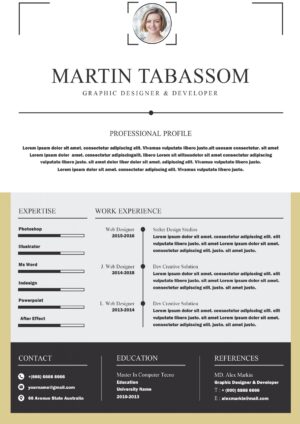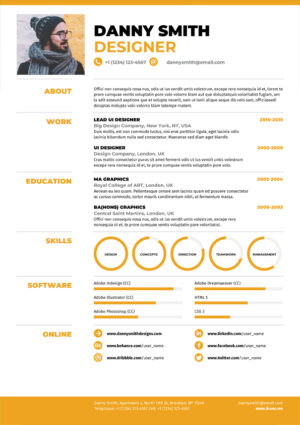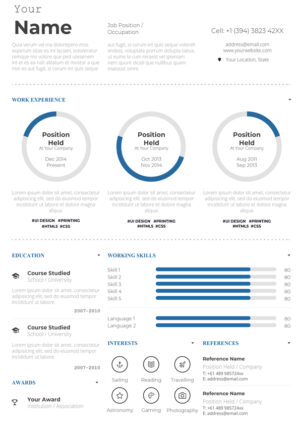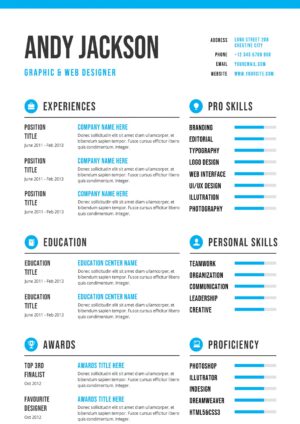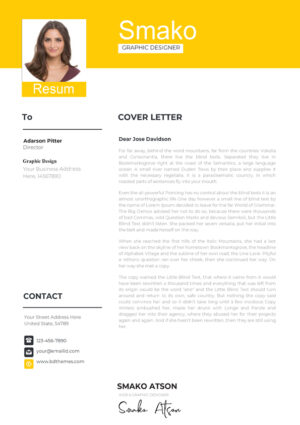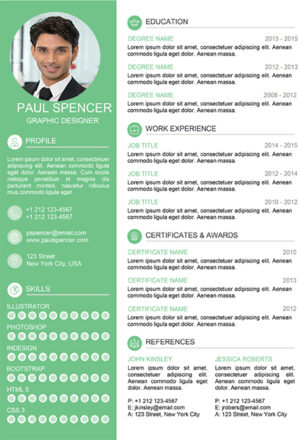interior design resume
Introduction
The interior design industry values creativity, spatial awareness, and an eye for detail. Your resume should reflect these qualities while also demonstrating your technical skills and experience. It’s not just about what you include, but how you present it.
Summary
What to Include in Your Summary
A compelling summary should highlight your years of experience, key achievements, and specific skills that make you an ideal candidate for the position. It’s an elevator pitch that sells your professional identity.
Examples of Strong Summaries
“Experienced interior designer with over 5 years in high-end residential design. Known for creating visually stunning spaces that are both functional and comfortable. Skilled in project management, client communication, and sustainable design practices.”
Education
How to List Your Education
Include your degree, the name of the institution, and the graduation date. If you’re a recent graduate, you can also list relevant coursework and academic achievements.
Including Relevant Coursework and Certifications
Detail any courses or certifications that are particularly relevant to interior design, such as CAD training, color theory, or lighting design.
Professional Experience
Structuring Your Professional Experience
Use bullet points to list your responsibilities and achievements. Start each point with a strong action verb and include quantifiable results when possible.
Highlighting Your Achievements
Don’t just list tasks; showcase how your work contributed to the success of a project or the company. Include any awards or recognition you received.
Skills
Essential Skills for Interior Designers
List both hard skills (like AutoCAD, SketchUp, and Adobe Creative Suite) and soft skills (such as communication, problem-solving, and time management).
How to Present Your Skills
Create a mix of listed skills and descriptions of how you’ve applied them in your professional experience.
Portfolio
Importance of a Portfolio
Your portfolio is crucial in the interior design field. It provides tangible evidence of your style, creativity, and ability to execute projects.
How to Include Your Portfolio
Include a link to your online portfolio in your resume header. Make sure the link is professional and easy to type.
Additional Sections
Awards and Recognitions
Including any awards or recognitions can set you apart from other candidates, demonstrating excellence in your field.
Volunteering and Internships
Experience gained through volunteering or internships can be particularly valuable, especially for new professionals.
Design and Format
Choosing the Right Layout
Opt for a clean, professional layout that allows your content to shine. Use white space effectively to make your resume easy to read.
Tips for a Visually Appealing Resume
Use a consistent font and color scheme. Consider adding a small, professional touch of color to make your resume stand out.
Keywords and SEO
Identifying Relevant Keywords
Review job listings to identify keywords and phrases commonly used in the interior design industry. These might include specific skills, software, or design principles.
Incorporating Keywords Strategically
Use these keywords throughout your resume, particularly in your summary and skills sections, to pass through Applicant Tracking Systems (ATS) and catch the eye of hiring managers.
Conclusion
Crafting a resume for an interior design position requires a balance of creativity, professionalism, and strategic content placement. By following the guidelines outlined in this article, you can create a resume that not only showcases your unique talents and experiences but also positions you as a compelling candidate for your dream role.
FAQs
- How long should my resume be?
- Aim for one page, especially if you have less than 10 years of experience. For more experienced professionals, two pages can be acceptable.
- Should I customize my resume for each job application?
- Yes, tailoring your resume to each position by emphasizing the most relevant skills and experiences can significantly increase your chances of getting an interview.
- Can I include personal projects in my portfolio?
- Absolutely. Personal projects can be a great way to showcase your creativity and initiative, especially if they’re relevant to the type of design work you want to do.
By carefully crafting each section of your resume and ensuring it reflects your personal brand and professional expertise, you’ll be well on your way to securing your next role in the interior design industry.
Showing all 3 results
Showing all 3 results

